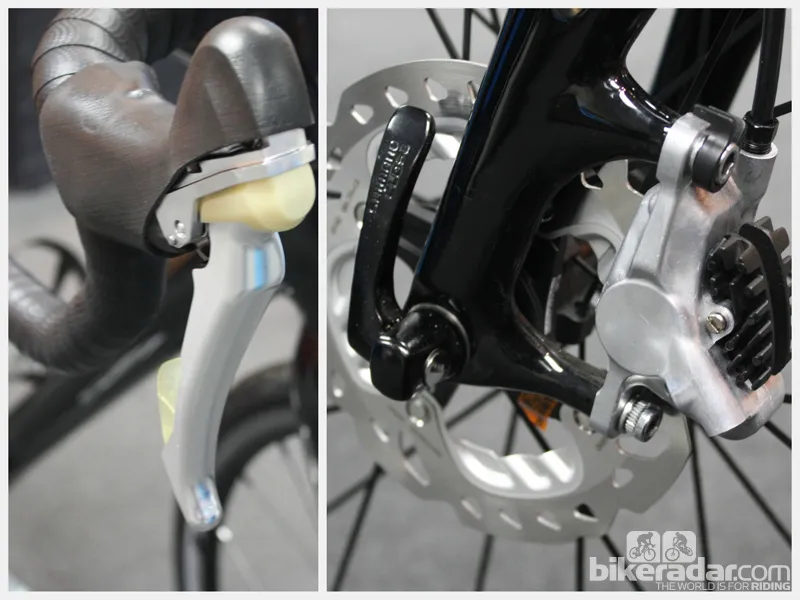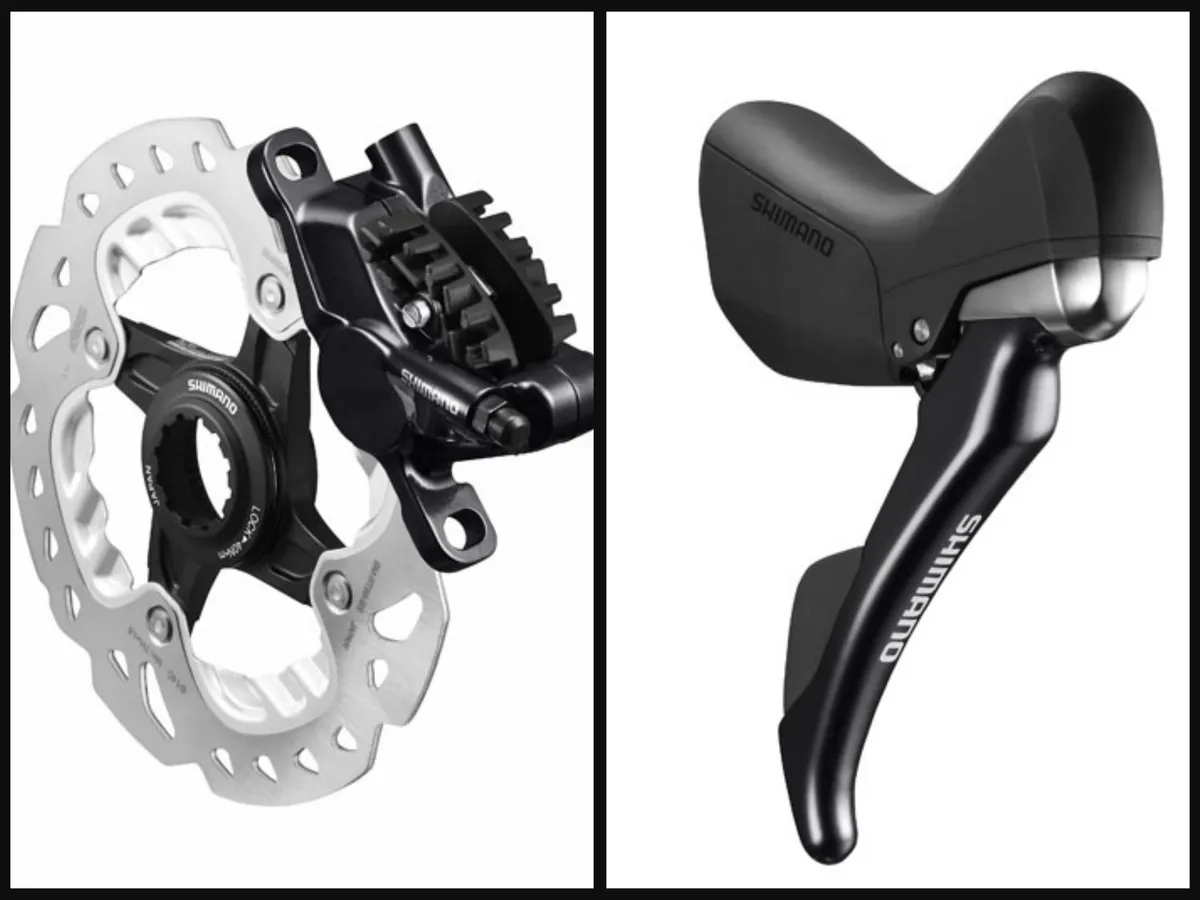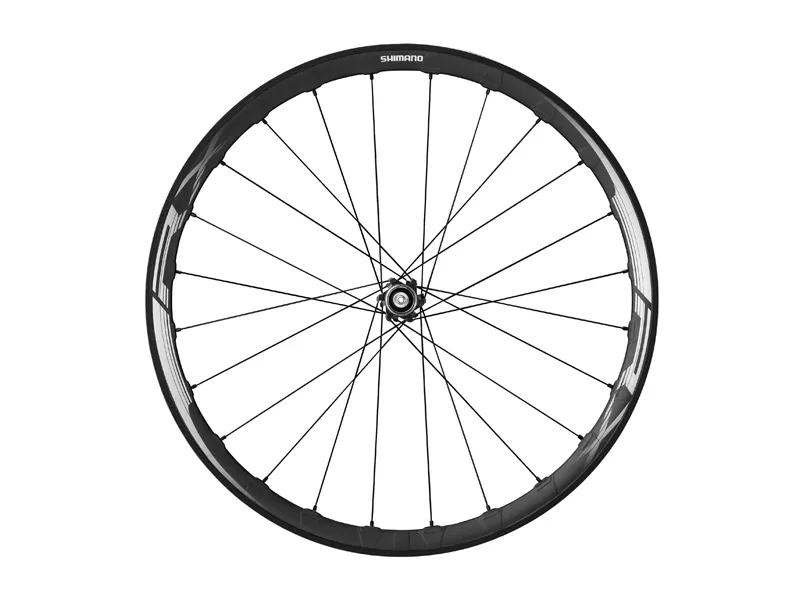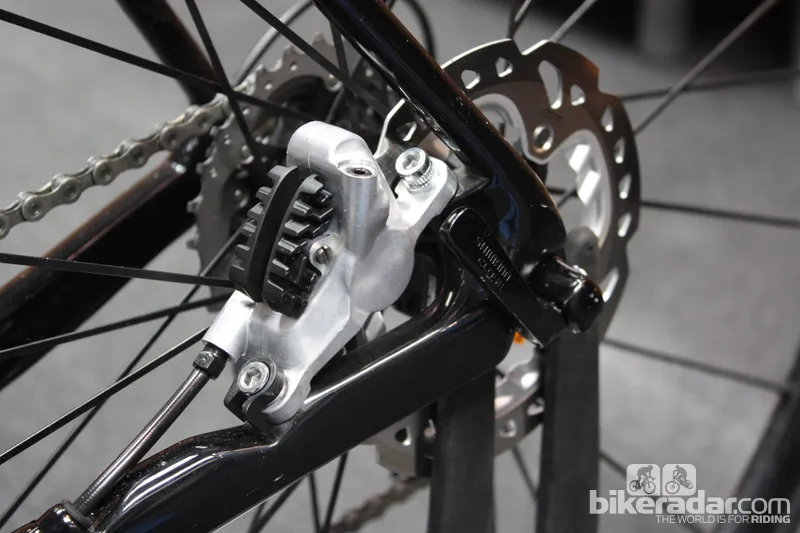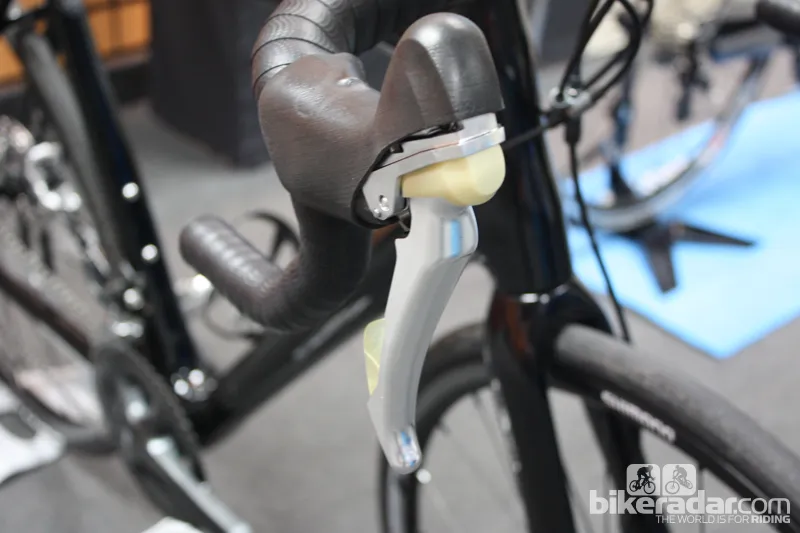Shimano has today unveiled its second generation of road-specific hydraulic disc brakes, and the big news is that hydraulic braking can now be paired with mechanical shifting thanks to an all new lever. Previously, hydraulic braking from Shimano was compatible only with the company’s Di2 electronic groupsets. Now Shimano's hydraulic stoppers can be twinned with existing mechanical versions of Dura-Ace and Ultegra, as well as the recently announced and all-new 105 group.
ST-RS685 shift lever
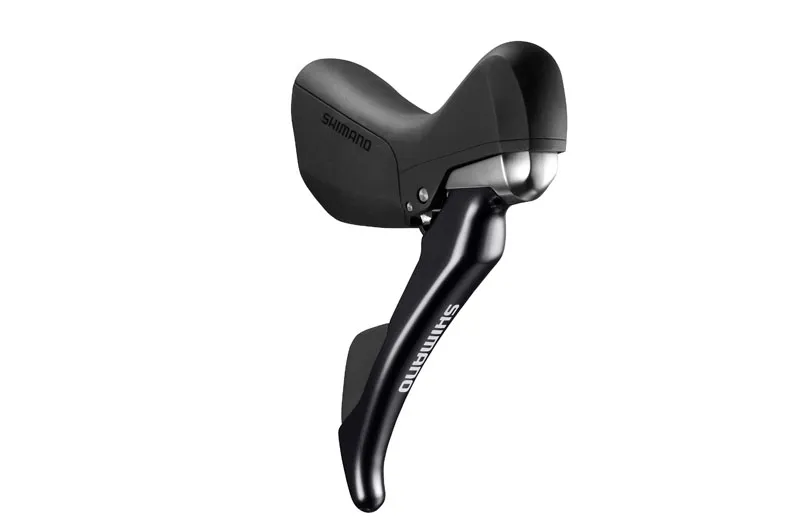
Shimano's new ST-RS785 dual control shift lever The new ST-RS785 dual control shift lever features an entirely new shape and, despite packaging the hydraulic gubbins of the brake system alongside the traditional mechanicals of its 11-speed shift mechanism, manages to remain compact. Shimano developed a shape that is said to be comfortable for all-day rides and the 10mm of reach adjustment should accommodate all hand sizes.
BR-RS785 caliper
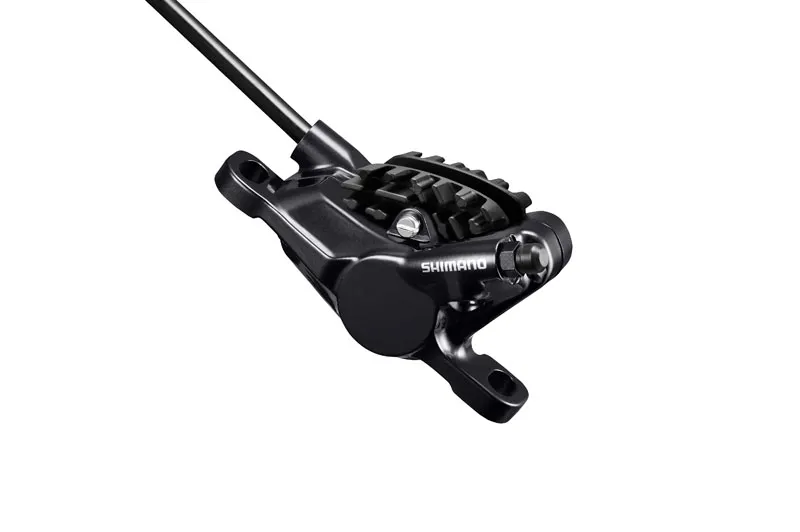
Shimano's new RS-785 caliperThe new RS-785 caliper is more of a refinement than a replacement, and still holds much in common with last year’s R785 design. It's still an opposed two piston design and is compatible with Shimano's Ice Tech pads: these use a raised finned section that protrudes from the top of the caliper – it acts as a cooling fin and works to bring brake temperatures down.
The banjo fitting of the older design has been replaced with a straight-fitting connection; this not only neatens things up but reduces the chance of the hose catching a rider’s heel.
SM-RT99 rotor
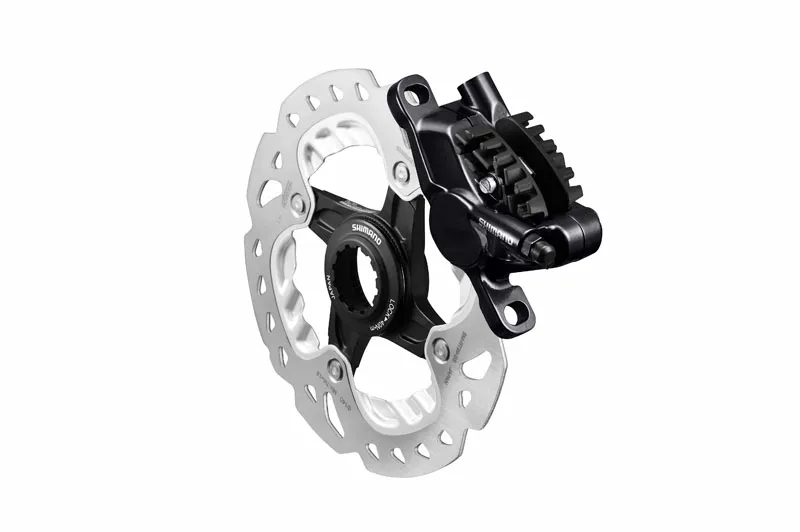
Shimano's RS-785 caliper and 140mm RT-99 rotor
Despite holding the same part code as last year’s part, the new RT-99 rotor has certainly seen some refinement. The spider that holds the splines for Shimano’s Center Lock system is now a four-arm design rather than the five-arm part from last year. The braking surface still consists of a three-layer sandwich construction that uses a combination of stainless steel and aluminium to manage heat build-up more effectively than traditional designs. The RT-99 also still incorporates 'FREEZA' aluminium fins just inside the braking surface, further improving heat dissipation.
Shimano found that a 140mm rotor was the optimum size for on-road duties, so they're standard fit. For heavier riders or those looking for more power, a 160mm rotor option will also be available. As is the norm for Shimano, both discs will use the firm's Center Lock standard to attach the disc to its hub.
WH-RX830 wheelset
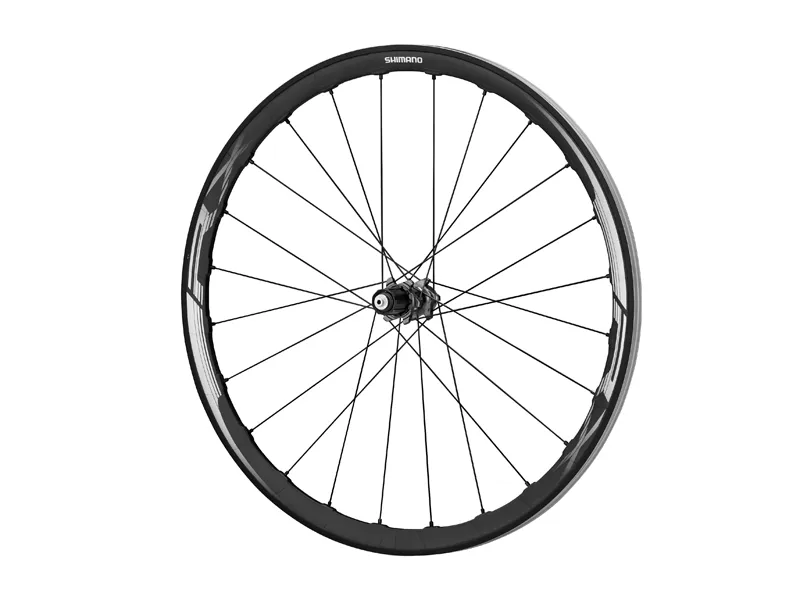
Shimano's WH-RX830 Tubeless, disc-specific wheelset
Disc brakes means disc wheels and this year Shimano has introduced the RX830, the company's first truly disc-specific road wheelset. The carbon laminated deep-section rim goes without a conventional braking surface and uses Shimano's proven 17mm wide tubeless internal profile.
Rear hub spacing is 135mm and the freehub will be both 10- and 11-speed compatible, both ends will use regular quick release axles. Disc rotors will attach via Shimano's Center Lock system.
Non series components… and the future
As with its first generation of road hydraulic discs, these new Shimano components will not belong to a particular component line. Instead, they will once again be targeted at an Ultegra level. However, as mentioned above, the new ST-RS685 shifter is compatible with 11-speed components including mechanical Dura-Ace, Ultegra and new 105.
Could this compatibility be the tipping point for manufacturers to get behind hydraulic discs in a serious way? Will manufacturers be able to mix and match original equipment component choices to provide 105 hydraulic equipped road bikes?
Feel strongly about the subject? Let us know in the comment box below…
